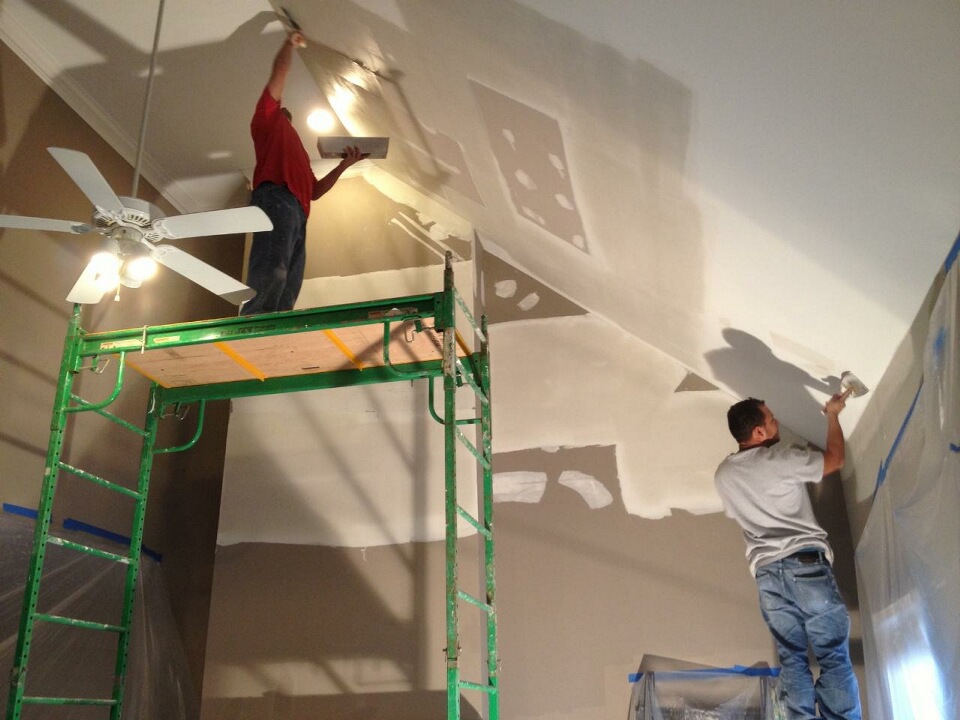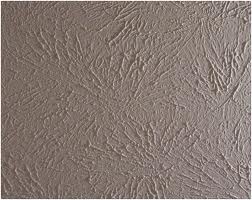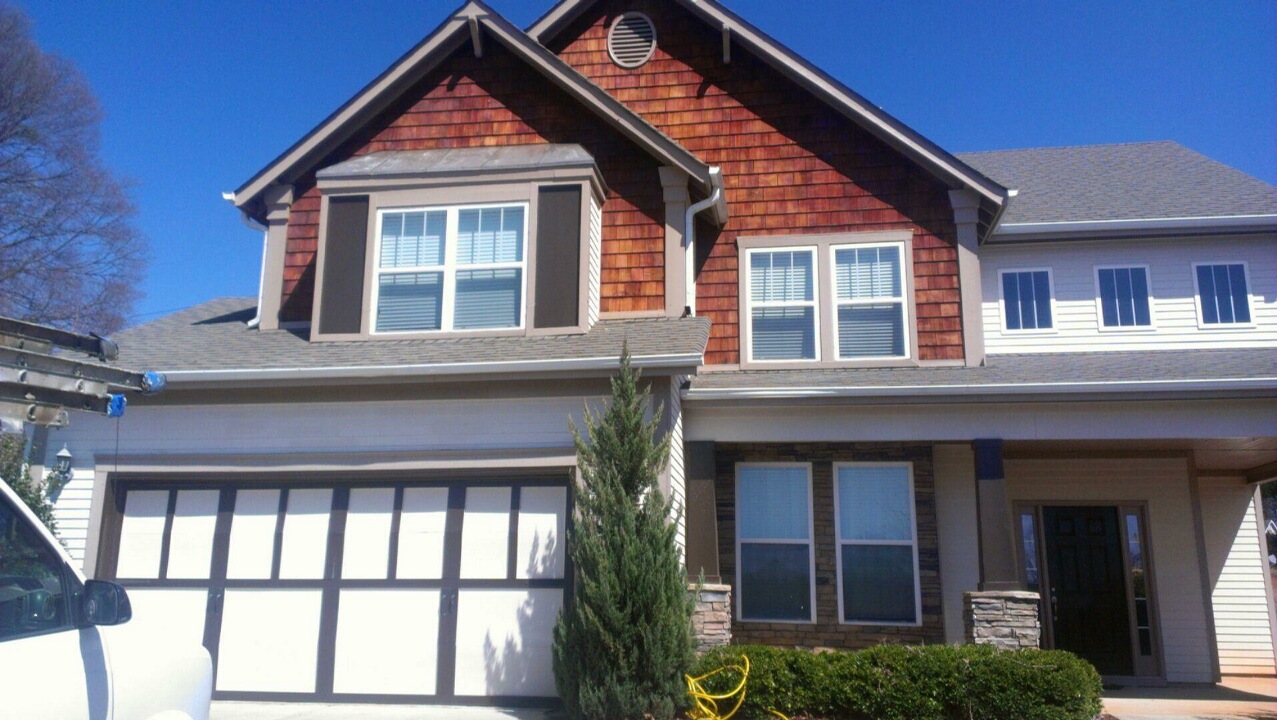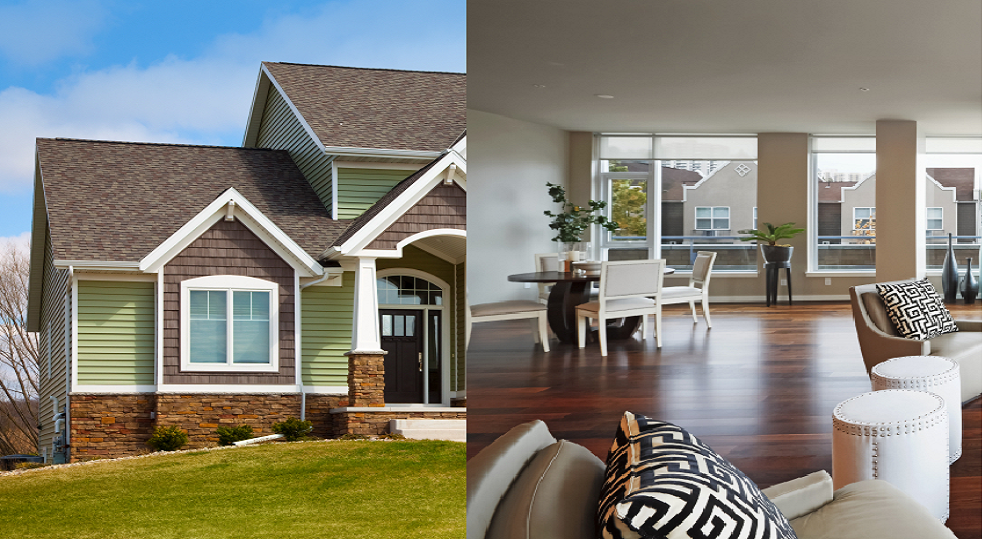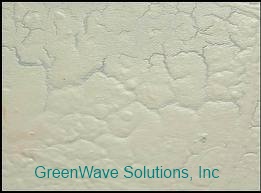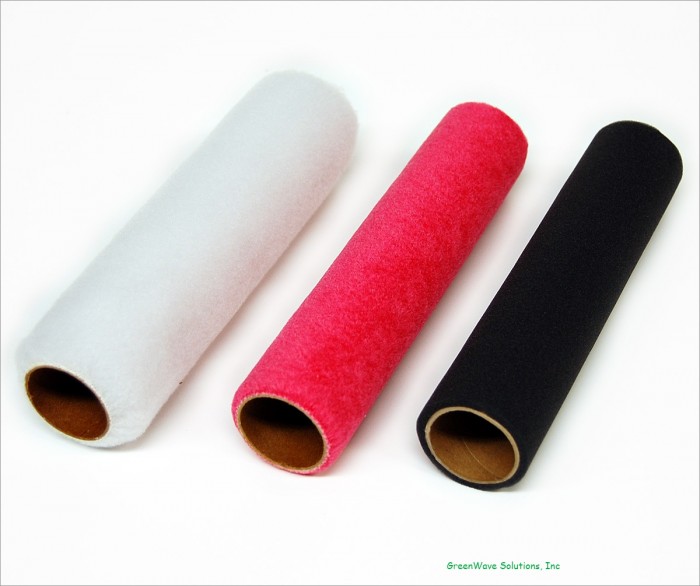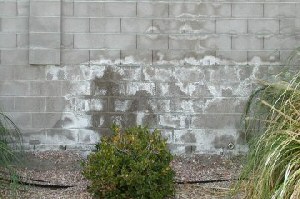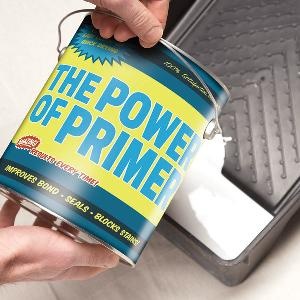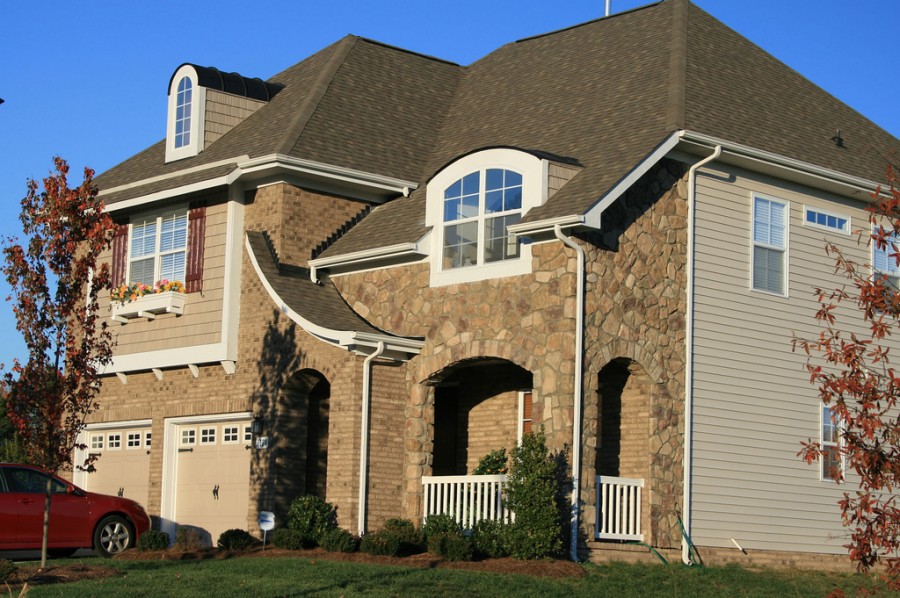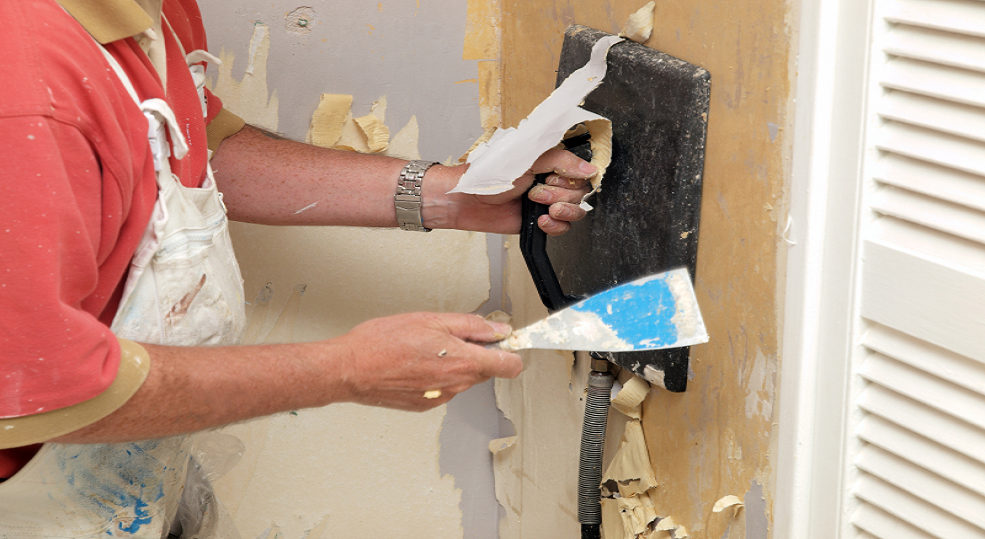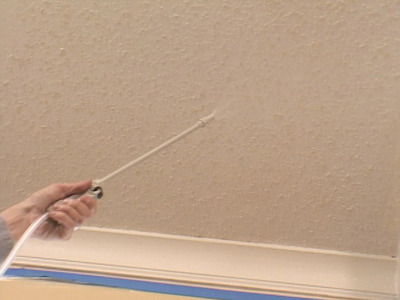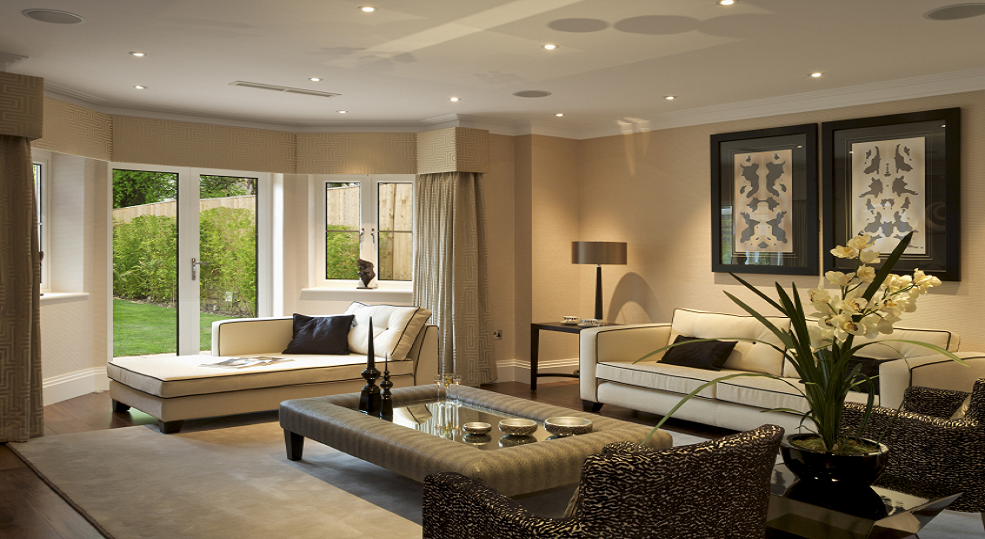How to Patch Small Holes in Drywall
When you are around professional painters everyday, you become jaded to how difficult painting and drywall repair can be. These trades require skills and knowledge that can be learned only through experience.
Oftentimes, clients call us to finish projects that they started and realized that painting and drywall repair isn’t as easy as it looks. I see many things that homeowners attempted that were done extremely poorly.
Today, I’m going to go over one of the most simple processes that I see done incorrectly.
Repairing small holes and minor damage on drywall.
When I saw “small holes”, I mean holes from pictures and other damage that does not go entirely through the drywall. If you can put you finger or more through the hole and feel the other side of the drywall, then this isn’t the right how to for you.
The most common mistake I see people make when patching minor drywall damage is using too much finishing compound.
I speculate that the following are reasons for this:
- Impatience
- Lack of understanding the process.
First off, YOU WANT TO USE ONLY ENOUGH DRYWALL COMPOUND TO FILL THE VOID.
I can’t emphasize this enough. This about it, any excess compound is going to create a new profile on the drywall. It may look and feel smooth, but you will quickly see to what I am referring once you paint it.
The mindset is “I need to fill this hole and dammit I’m going to fill this hole.” Unfortunately, this mindset will cause a bad finish.
The key to flawless drywall repair is using the right tools and understanding of how to apply the drywall compound.
Here are the tools that you need for flawless drywall repair:
- Drywall finishing knife
- Mud pan
- Appropriate type of finishing compound (i.e. 20 min, 45 min, 90 min, or pre-mixed.
- Sanding Sponge
Here is how to do it:
- Cover the associated work area because you are going to make some dust.
- Mix your joint compound if applicable
- Using your finishing knife, fill the holes with drywall compound. After the hole appears full, scrape all excess mud off of the wall. Don’t be scared to use some force. Remember, the more compound you leave, the more sanding you will do or you will be able to see the repair.
- Wait for compound to dry. A blow dryer can expedite this process.
- Sand the repair after the mud dries. The goal here is remove all compound except where the damage is. You don’t want to leave any compound on good parts of the wall.
- Feel the hole or damage. If it is smooth, then you are ready to spot prime the repair and paint it.
- If you can still see or feel the damage after one coat of drywall repair compound, apply another thin coat as described in steps 3-5.
- Now that you have a smooth wall, you need to spot prime the repair. This is necessary because the compound has a different porosity than does paint and applying one coat of paint to compound will cause the repair to “flash.” If you don’t have primer, most paints can serve as primer for this application.
Now that I’ve given away our secrets, I hope that clients will still have a need for GreenWave Solutions’ professional drywall finishing and painting services 😉
Enjoy!
Connect with Daniel Macris on Google+

